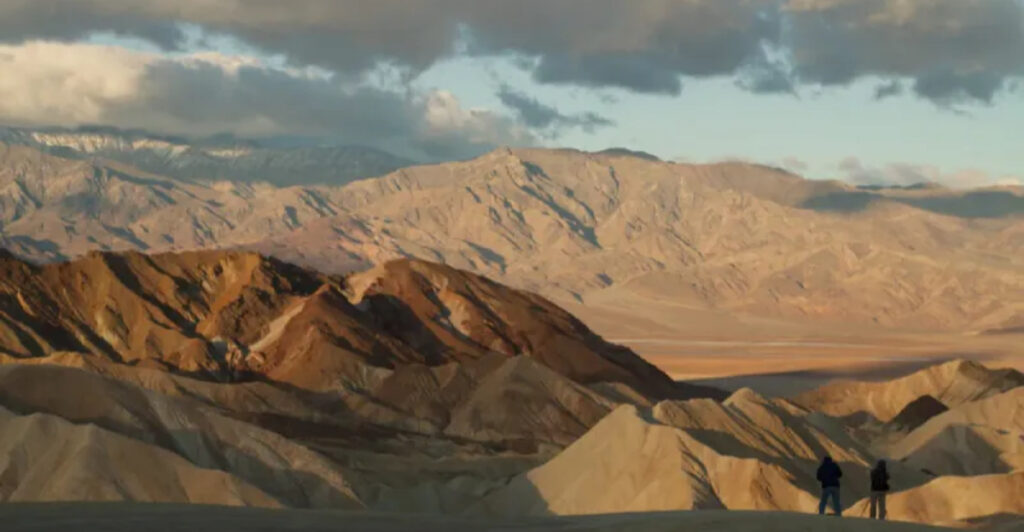Venturing into Death Valley during the scorching summer months can be perilous without proper preparation. To ensure your safety, park rangers share insights and practical advice to help visitors navigate this extreme environment. From staying hydrated to knowing your path, these tips are essential for a safe visit.
1. Stay Hydrated
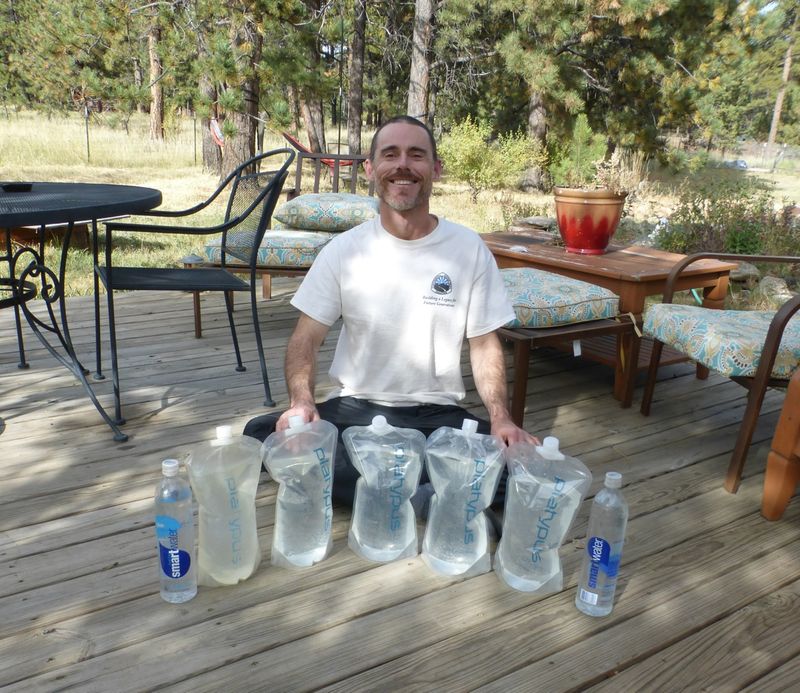
Water is your best friend in Death Valley. With temperatures soaring, dehydration is a constant threat. Always carry more water than you think you’ll need. Rangers recommend at least a gallon per day. Keep sipping regularly rather than waiting until you’re thirsty. The dry heat can make you lose moisture without noticing. Electrolyte drinks can also aid in maintaining balance. Remember, dehydration can sneak up swiftly, causing disorientation and fatigue. Packing enough water is crucial for survival here, ensuring you remain alert and hydrated. Hydration is the key to enduring the sun’s relentless blaze safely.
2. Wear Proper Clothing

Choosing the right clothing can be a lifesaver in Death Valley. Light, breathable fabrics that cover your skin are ideal. UV-protective clothing can shield you from the sun’s intense rays. A wide-brimmed hat provides shade for your face and neck. Sunglasses with UV protection are essential to protect your eyes. Avoid dark colors as they absorb more heat, making you feel hotter. Loose-fitting clothes promote air circulation, keeping you cooler. Dressing appropriately ensures your body remains as cool as possible, reducing the risk of heatstroke.
3. Avoid Peak Heat
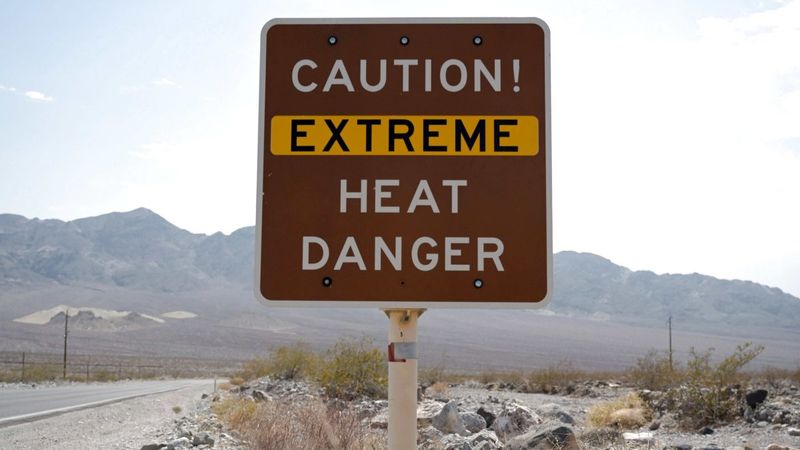
In the heart of summer, Death Valley reaches scorching temperatures. The sun is relentless, making it crucial to avoid venturing out during peak heat hours. Plan your activities for early morning or late afternoon.
These times offer cooler temperatures and a more comfortable experience. Remember, even seasoned adventurers respect the power of the desert sun.
Rangers advise that visitors take a break during midday and seek shelter. By adapting your schedule, you not only protect yourself from heat-related illnesses but also enjoy the stunning desert landscape at its most serene.
4. Carry a Map & Compass

In our digital world, reliance on technology is second nature. However, the desert’s rugged terrain and lack of signal can render devices useless. Carrying a map and compass is a fundamental safety measure.
These tools provide a reliable backup for navigation, helping to prevent getting lost. Knowing how to use them is equally important, requiring practice and patience.
Rangers emphasize the importance of traditional methods, as they never run out of battery. This classic approach to navigation is a lifeline in the vast and unforgiving expanse of Death Valley.
5. Inform Someone of Your Plans
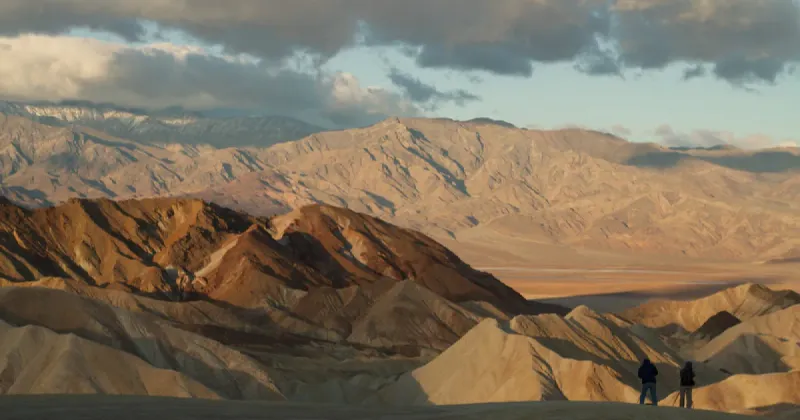
Before setting off on your desert adventure, always inform someone of your itinerary. This safety step ensures that if anything goes awry, someone knows where to start looking.
Communicating your plans to a friend, family member, or park ranger can make all the difference in an emergency. It provides a crucial connection to the outside world.
Rangers stress this as a simple yet effective precaution. By keeping others informed, you create a safety net that can be lifesaving in the vast stretches of Death Valley’s wilderness.
6. Stock Your Vehicle
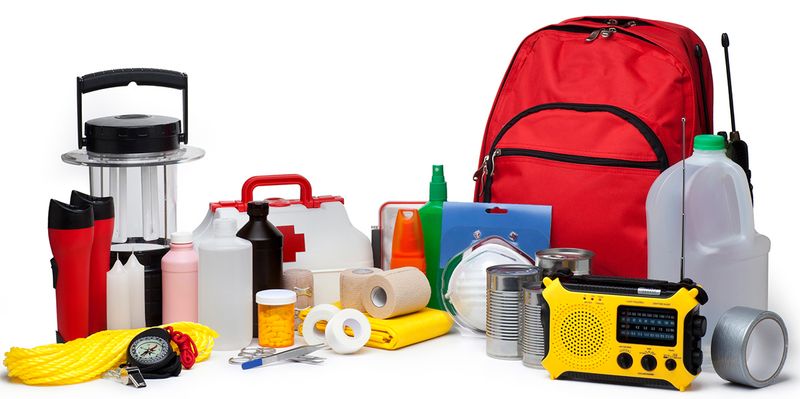
Your vehicle is your lifeline in Death Valley. Keeping it stocked with essentials like water, food, and a first-aid kit is non-negotiable. Adding extra fuel and a spare tire can also be lifesavers.
Rangers advise regular vehicle checks, ensuring everything is in working order before your journey. This preparation prevents minor issues from becoming major problems in the desert.
Ensuring your vehicle is prepared for any situation is key. It transforms it from a simple mode of transport into a survival tool, ready to tackle the challenges of the desert landscape.
7. Watch for Wildlife
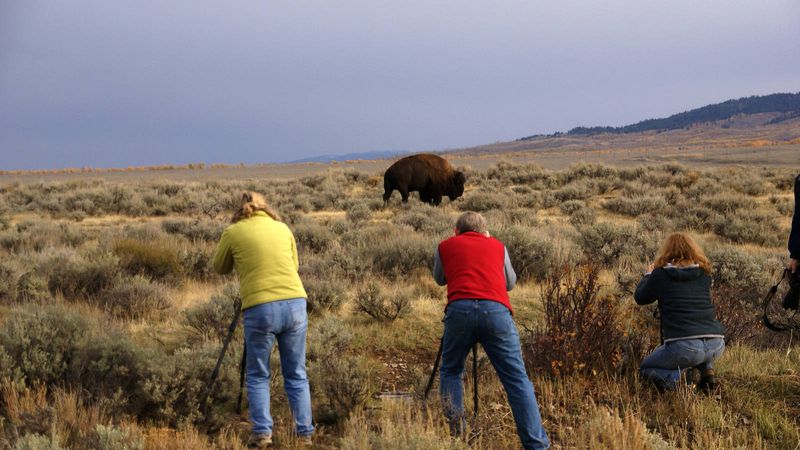
Death Valley is home to a variety of wildlife, including coyotes and rattlesnakes. While fascinating, these creatures can pose a danger if approached.
Rangers remind visitors to admire animals from a distance, respecting their space and habitat. This caution protects both you and the animals, ensuring no harm comes to either party.
Understanding the behavior and habitat of local wildlife enhances your experience. It adds an element of education and respect to your visit, transforming potential threats into highlights of your desert adventure.
8. Check Weather Alerts
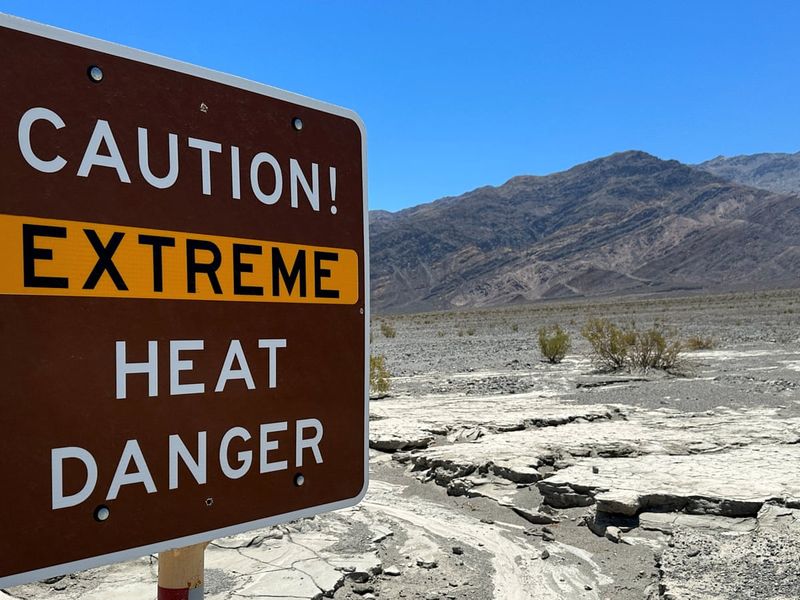
Desert weather can change rapidly, and Death Valley is no exception. Checking weather alerts before and during your trip is vital to staying safe.
Rangers emphasize the importance of being informed about potential storms or extreme temperatures. These updates help plan your day and avoid dangerous situations.
Staying informed about weather conditions allows you to adapt your plans accordingly. It’s a proactive step that ensures your safety while enhancing your appreciation of the desert’s ever-changing beauty.
9. Travel in Groups

Safety in numbers is a timeless principle, especially in the vastness of Death Valley. Traveling in groups provides extra security, ensuring help is readily available if needed.
Rangers note that group travel enhances the experience, allowing for shared responsibilities and companionship. It turns potential isolation into a social adventure.
By coordinating with fellow travelers, you create a support network. This collaboration improves safety, transforming your journey into a shared exploration of the desert’s mesmerizing terrain.
10. Know Your Limits
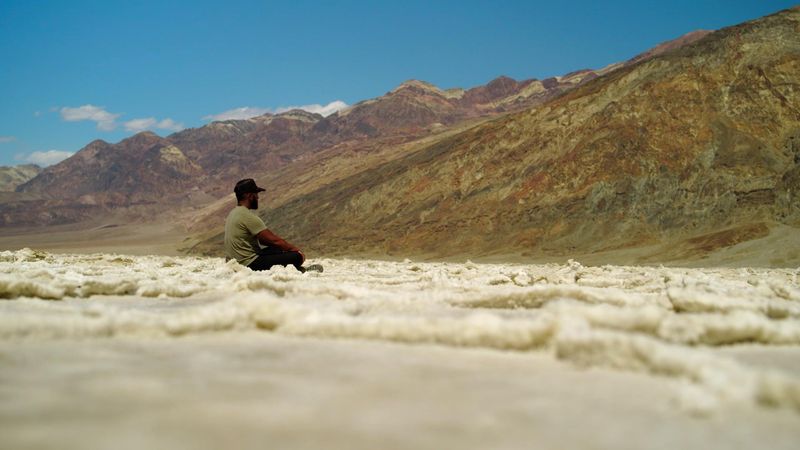
Understanding personal limits is crucial in the harsh environment of Death Valley. The desert demands respect and self-awareness.
Rangers advise visitors to listen to their bodies, taking breaks when needed and not overextending themselves. This approach prevents exhaustion and heat-related illnesses.
Recognizing when to pause and regroup is as important as any other safety measure. It ensures you remain healthy and able to enjoy the splendor of Death Valley without compromising your well-being.
11. Respect Park Rules
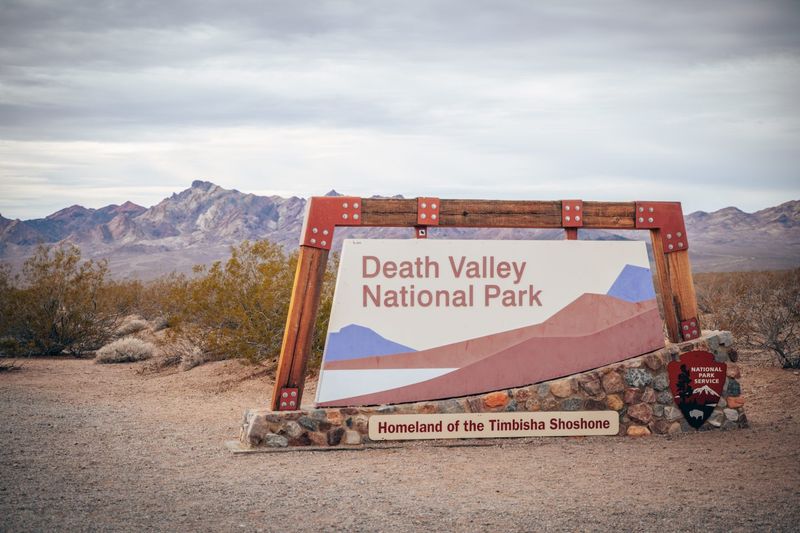
Every rule in Death Valley serves a purpose, aimed at protecting both visitors and the environment. Adhering to park regulations is essential for a safe visit.
Rangers highlight the importance of rules, as they prevent accidents and preserve the park’s natural beauty. Compliance ensures a harmonious relationship between humans and nature.
Familiarizing yourself with these guidelines before your visit enhances your experience. It demonstrates respect for the park and contributes to the preservation of its unique ecosystem for future generations.
12. Emergency Contacts Ready

Having emergency contacts readily available is a proactive safety measure. In the vastness of Death Valley, quick access to help is vital.
Rangers stress the importance of knowing who to contact in case of an emergency. Storing numbers on your phone and having a written copy ensures availability even if technology fails.
This preparation provides peace of mind, knowing that help is just a call away. It underscores the importance of foresight and readiness, key components of a safe desert adventure.
13. Protect Your Skin
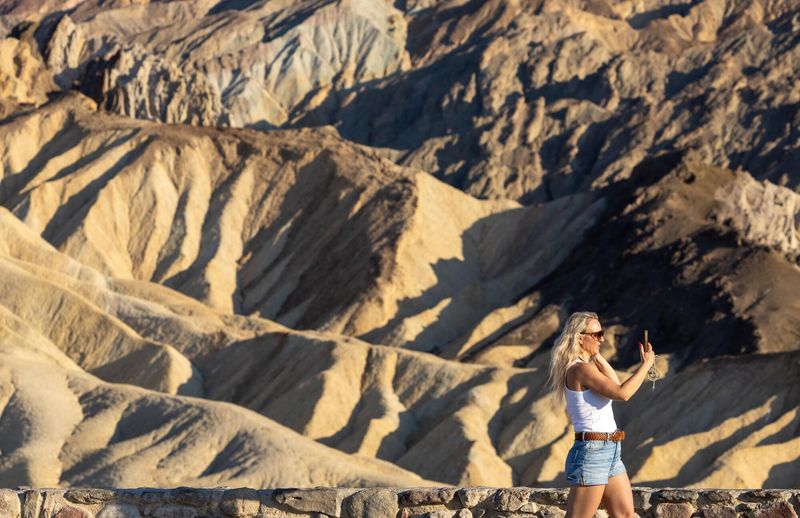
The desert sun is unforgiving, making skin protection a necessity. Applying sunscreen and wearing protective clothing shields you from harmful UV rays.
Rangers advise reapplying sunscreen regularly, especially if sweating. Hats and sunglasses add extra layers of defense against the harsh sun.
Protecting your skin is more than a comfort measure; it’s a health necessity. It ensures you can enjoy the beauty of Death Valley without the discomfort of sunburn, enhancing the appeal of your desert journey.
14. Mind Your Trash
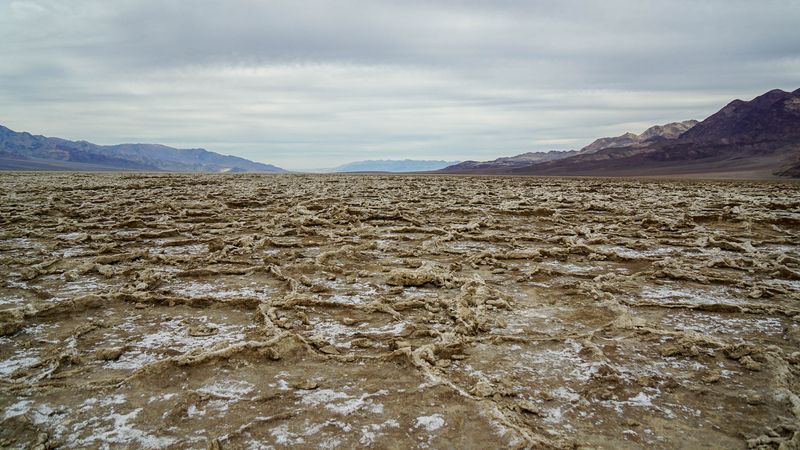
Leave no trace is a golden rule in preserving Death Valley’s pristine environment. Proper trash disposal maintains the park’s natural beauty and wildlife safety.
Rangers encourage visitors to use designated bins and pack out what they pack in. This simple act of responsibility ensures the park remains unspoiled for future visitors.
Respecting the land by managing waste effectively showcases a commitment to conservation. It transforms a visit into a legacy of environmental stewardship, preserving the desert’s allure.
15. Learn Basic First Aid
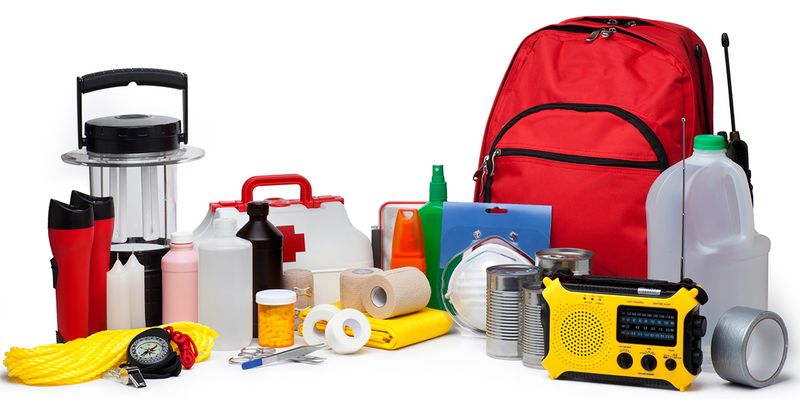
Knowing basic first aid is invaluable in an area as remote as Death Valley. Being prepared for minor injuries can prevent them from escalating into emergencies.
Rangers recommend familiarizing yourself with common first aid practices before your trip. Having a well-stocked kit on hand is equally important.
This knowledge empowers visitors, turning potential setbacks into manageable situations. It adds a layer of security to your adventure, ensuring that you’re ready to tackle any challenges the desert presents.

